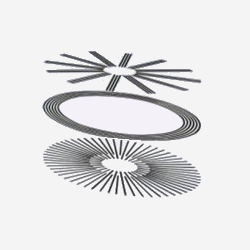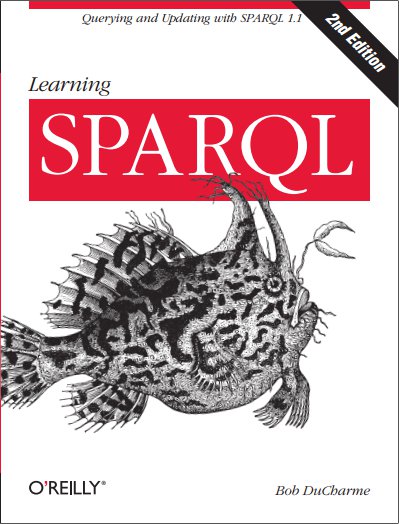Using the AWS Graph Explorer with Fuseki and local datasets
An open source visual graph navigator.
When I first heard about the AWS Graph Explorer I assumed that it was a cloud-based tool for use with Neptune, the AWS cloud-based triplestore. After I read Fan Li’s First Impressions of the AWS Graph Explorer I realized that you can install this open source tool locally and point it at any SPARQL endpoint you want, so I cranked up Jena Fuseki on my laptop, loaded some data into it, and installed the Graph Explorer.
SPARQL and OWL on the command line—of my phone!
Termux and rdflib on my Android phone.
I recently wondered “could I run a Python script that includes the rdflib library on my Samsung Android phone?” Five minutes later, I was doing it, and about three of those minutes were spent installing Python.
Web3 and Web 3.0 at OriginTrail
An interview with CTO and co-founder Branimir Rakić
OriginTrail is doing one of the most interesting combinations of blockchain technology and RDF that I have seen. In November I spoke with CTO and co-founder Branimir Rakić.
SPARQL queries of git repository data
If we're going to think of git data as a graph...
Justin Dowdy recently created an open source project to convert the metadata in a git repository to RDF, and I’ve been having some fun with it. Before getting into the details, as a brief demo I’ll start with a sample SPARQL query that I did to list all of the 2019 commits in my misc github repo:
Your own free, publicly available SPARQL endpoint
Free as in tier.
There are a few tutorials out there about how to start up your own free-tier Amazon Web Services (AWS) Elastic Compute Cloud (EC2) instance and then run your own publicly available web server. I’ve planned for a while to try this with a Jena Fuseki triplestore and SPARQL endpoint, but I postponed it because I thought it might be complicated. It turned out to be pretty easy.
More Picasso paintings in one year than all the Vermeer paintings?
Answering an art history question with SPARQL.
Sometimes a question pops into my head that, although unrelated to computers, could likely be answered with a SPARQL query. I don’t necessarily know the query off the top of my head and have to work it out. I’m going to discuss an example of one that I worked out and the steps that I took, because I wanted to show how I navigated the Wikidata data model to get what I wanted.
Learn RDF in Y minutes
Where X = RDF
I have always loved the website Learn X in Y minutes, which provides short crash courses in several dozen programming languages plus additional topics such as set theory and git. Its home page tells us “Take a whirlwind tour of your next favorite language”; I’ll bet it’s especially popular with applicants on their way to job interviews where languages that are new to them are in the job description.
![[ODU mascot]](https://www.bobdc.com/img/main/bigblue.jpg)

